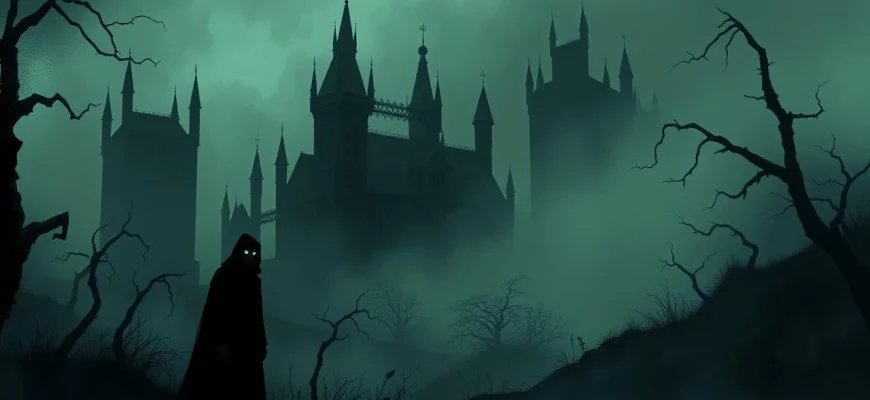If you're a fan of the eerie and atmospheric horror of 'Nosferatu' (1922), you're likely craving more films and shows that capture its haunting essence. This silent German Expressionist masterpiece set the standard for vampire lore and gothic horror. In this article, we'll explore 10 movies and shows that share its chilling atmosphere, eerie visuals, and timeless dread. Whether you're a classic horror enthusiast or a newcomer to the genre, these recommendations will satisfy your thirst for the macabre.

The Cabinet of Dr. Caligari (1920)
Description: Like Nosferatu, The Cabinet of Dr. Caligari is a seminal work of German Expressionist cinema, characterized by its surreal, distorted sets and themes of madness and the supernatural. Both films explore the darker aspects of human nature and feature iconic, monstrous figures.
Fact: The film's twist ending is considered one of the first in cinema history. The distorted, angular sets were designed to reflect the protagonist's unstable mental state. It was one of the first horror films to achieve international acclaim.
 Watch Now
Watch Now 
The Golem: How He Came Into the World (1920)
Description: The Golem, like Nosferatu, is a German Expressionist film that deals with themes of creation and monstrosity. Both films feature a silent, menacing figure that brings terror to a community, and both use atmospheric lighting and set design to enhance their eerie tone.
Fact: The Golem is based on a Jewish folklore legend. The film's star, Paul Wegener, also co-directed and co-wrote the screenplay. It is the third and most famous film in a trilogy about the Golem.
 Watch Now
Watch Now 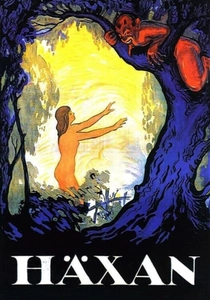
Häxan (1922)
Description: Häxan shares with Nosferatu a fascination with the occult and the supernatural, presented in a visually striking manner. Both films blend documentary and fictional elements to create a haunting atmosphere, though Häxan focuses on witchcraft rather than vampirism.
Fact: Häxan was banned in several countries for its graphic depictions of torture and demonic rituals. It was one of the most expensive silent films ever made in Sweden. The film uses a mix of dramatization and documentary-style narration.
 Watch Now
Watch Now 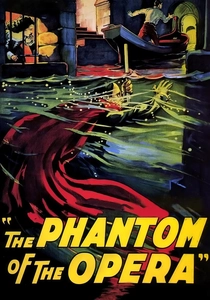
The Phantom of the Opera (1925)
Description: The Phantom of the Opera shares with Nosferatu a gothic atmosphere and a tragic, monstrous protagonist. Both films use shadow and light to create suspense and horror, and both have left a lasting legacy in the horror genre.
Fact: Lon Chaney's makeup as the Phantom was kept secret until the film's premiere. The unmasking scene is one of the most famous moments in silent cinema. The film was partially shot in Technicolor, though most copies are now black and white.
 Watch Now
Watch Now 
Faust (1926)
Description: Faust, like Nosferatu, is a German Expressionist film that deals with themes of damnation and the supernatural. Both films feature striking visual imagery and a sense of impending doom, with Faust focusing on a pact with the devil rather than vampirism.
Fact: The film features elaborate special effects for its time, including a giant, winged Mephisto. It was one of the last major German Expressionist films before the movement declined. Director F.W. Murnau also directed Nosferatu.
 Watch Now
Watch Now 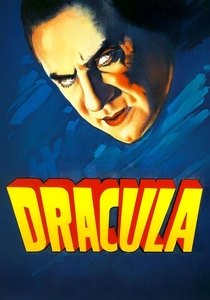
Dracula (1931)
Description: Dracula is the most direct descendant of Nosferatu, as both films are based on Bram Stoker's novel. While Nosferatu is silent and German Expressionist, Dracula is a Hollywood sound film, but both feature the iconic vampire Count and share gothic horror elements.
Fact: Bela Lugosi's performance as Dracula set the standard for all future portrayals of the character. The film was a major box office success, saving Universal Studios from bankruptcy. It was originally intended to be shot in Technicolor but was changed to black and white to save money.
 Watch Now
Watch Now 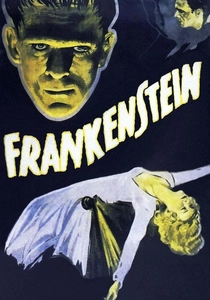
Frankenstein (1931)
Description: Frankenstein, like Nosferatu, explores themes of creation and monstrosity, with a tragic, misunderstood monster at its center. Both films are foundational works in the horror genre and use atmospheric visuals to create a sense of dread.
Fact: Boris Karloff's makeup as the Monster took hours to apply and was extremely uncomfortable. The film's famous line 'It's alive!' was ad-libbed by actor Colin Clive. It was a massive hit and spawned numerous sequels and spin-offs.
 Watch Now
Watch Now 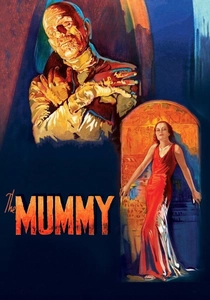
The Mummy (1932)
Description: The Mummy shares with Nosferatu a gothic atmosphere and a resurrected monster that brings terror. Both films use slow, deliberate pacing and atmospheric visuals to build suspense, and both have become iconic in the horror genre.
Fact: Boris Karloff's makeup as the Mummy was so elaborate that he could only eat through a straw. The film was inspired by the real-life discovery of King Tut's tomb. It was originally intended to be a more straightforward horror film but was rewritten to include a reincarnation theme.
 Watch Now
Watch Now 
Vampyr (1932)
Description: Vampyr is heavily influenced by Nosferatu, with its dreamlike atmosphere and themes of vampirism. Both films use innovative cinematography to create a sense of unease, though Vampyr has a more surreal, less narrative-driven approach.
Fact: Vampyr was director Carl Theodor Dreyer's first sound film, though it has very little dialogue. The film was shot on location in an actual castle, adding to its eerie realism. It was a commercial failure upon release but is now considered a classic.
 Watch Now
Watch Now 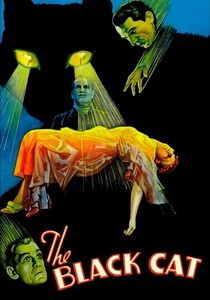
The Black Cat (1934)
Description: The Black Cat, like Nosferatu, is a horror film with a strong gothic atmosphere and themes of the supernatural. Both films feature iconic performances by their leads and use visual style to create a sense of unease, though The Black Cat is more overtly psychological.
Fact: The film was the first to pair Boris Karloff and Bela Lugosi, who would go on to star in several films together. It was loosely based on a story by Edgar Allan Poe but bears little resemblance to it. The film was a major box office success despite its controversial themes.
 Watch Now
Watch Now 
